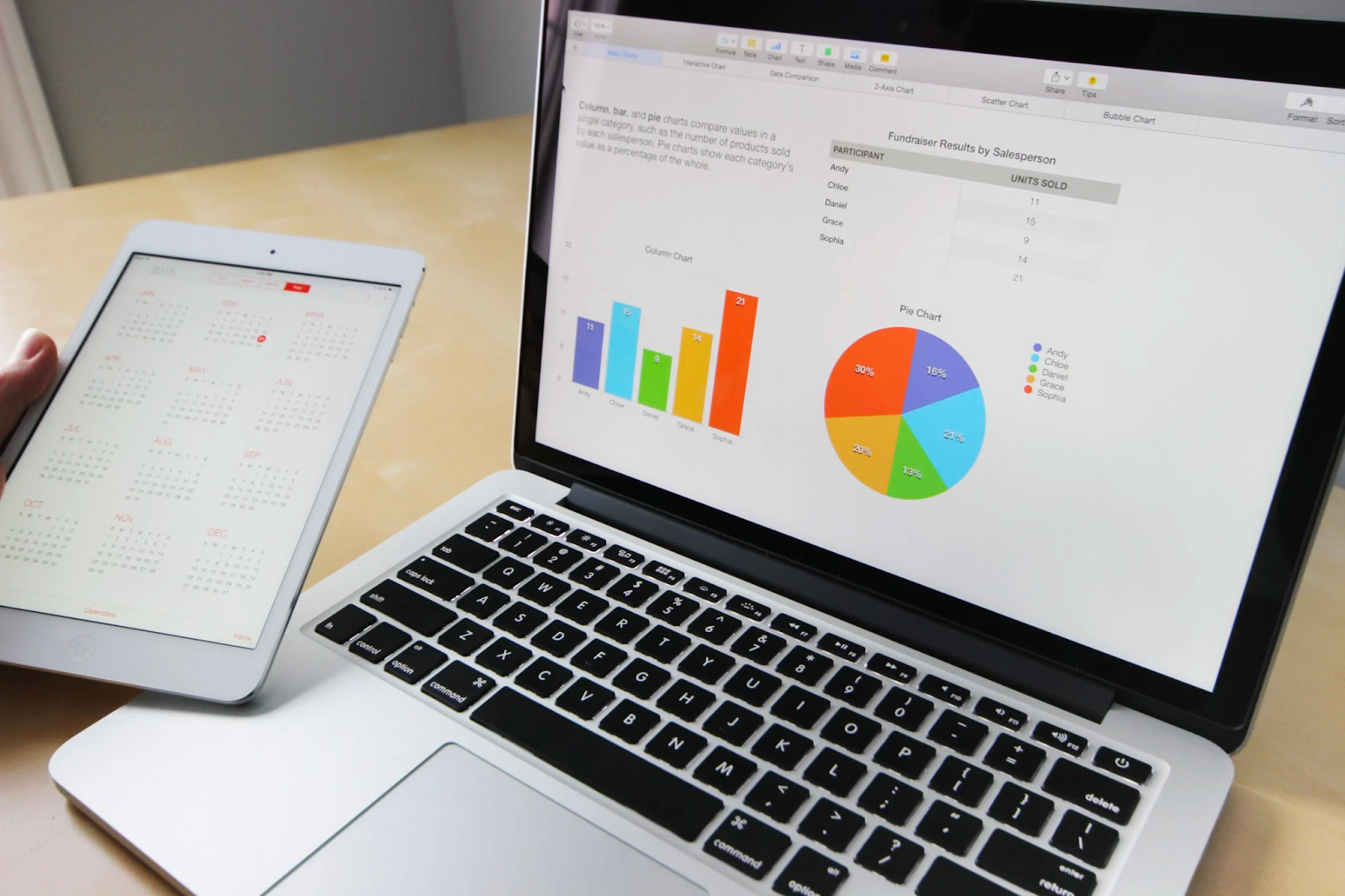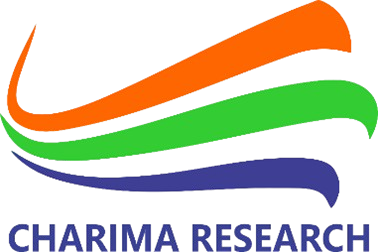Quantitative research is the process of collecting and analyzing numerical data. It can be used to find patterns and averages, make predictions, test causal relationships, and generalize results to wider populations. Quantitative research strategy focuses on quantifying the collection and analysis of data. It is formed from a deductive approach where emphasis is placed on the testing of theory, shaped by empiricist and positivist philosophies.
Quantitative research is also a systematic investigation of phenomena by gathering quantifiable data and performing statistical, mathematical, or computational techniques. It collects information from existing and potential customers using sampling methods and questionnaires to collect the responses from the respondents. The quantitative report is usually prepared after careful quantitative analysis of the data and deeper understanding of the analysed numbers to predict the future of a brand, product or service for growth, improvements and developments. At Charima Research we use the modern data collection technologies and the latest statistical data soft wares to enhance the processes and produce effective data outputs with impressive and effective reports.

Quantitative surveys /studies / experiments that includes:
- Face to face interviews (F2F); quite often nowadays we use Mobile data collection methods for F2F surveys i.e. (CAPI-Computer Assisted Personal Interviews) and also we have a few projects that we use Paper and pen Interviews (PAPI).
- Household interviews, Central location tests (CLT)- i.e. (Tests for products, packaging, pre/posts adverts) and also we carry out Mall intercepts as well as Street intercepts
- Telephone surveys i.e. Computer aided telephone interviews (CATI)
- Web surveys i.e. (Online surveys)- (CAWI-Computer Aided Telephone Interviews)
- Text messaging surveys
Characteristics of Quantitative Research Methods
- Contain Measurable Variables.
- Use Standardized Research Instruments.
- Assume a Normal Population Distribution.
- Present Data in Tables, Graphs, or Figures followed with their insights.
- Use Repeatable Method.
- Can Predict Outcomes.
- Use Measuring Devices.


Face to Face Interviews
Face-to-face interview is a data collection method when the interviewer directly communicates with the respondent in accordance with the prepared questionnaire. This method enables to acquire factual information, consumer evaluations, attitudes, preferences and other information coming out during the conversation with the respondent. Thus, face-to-face interview method ensures the quality of the obtained data and increases the response rate.
Face-to-face standardised / semi-standardised interview is a quantitative research tool. Therefore, it is applied in national or certain region population inquiries, consumer, and customer or reader surveys. Furthermore, this method is practised when performing Omnibus and Ad Hoc researches.
By far, the main advantage of the face-to-face interview is the presence of the interviewer, which makes it easier for the respondent to either clarify answers or ask for clarification for some of the items on the questionnaire. Face to face interviewing method minimizes nonresponse and maximizes the quality of the data collected.
Household interview surveys
Household interview surveys are a bit more labor intensive and requires proper procedure. At Charima we undertake the surveys with experienced staff for planning purpose and project execution to ensure that accurate and reliable survey data is delivered within pre-determined timelines and budgets.
All household interview surveys are organised in accordance with the procedures and standards detailed in the market research code of conduct, the surveys are always overseen by senior staff. The safety of the interview staff is a prime concern when undertaking surveys of this nature, At Charima we have stringent procedures in place to minimise the risk to interviewers whilst operating on site.
All our interview staff receives a comprehensive briefing to ensure they are both familiar with the survey questions and the reasoning behind them. A comprehensive survey manual is always provided which clearly sets out the purpose of the survey and detailed instructions, including those relating to interpretation, for each question.

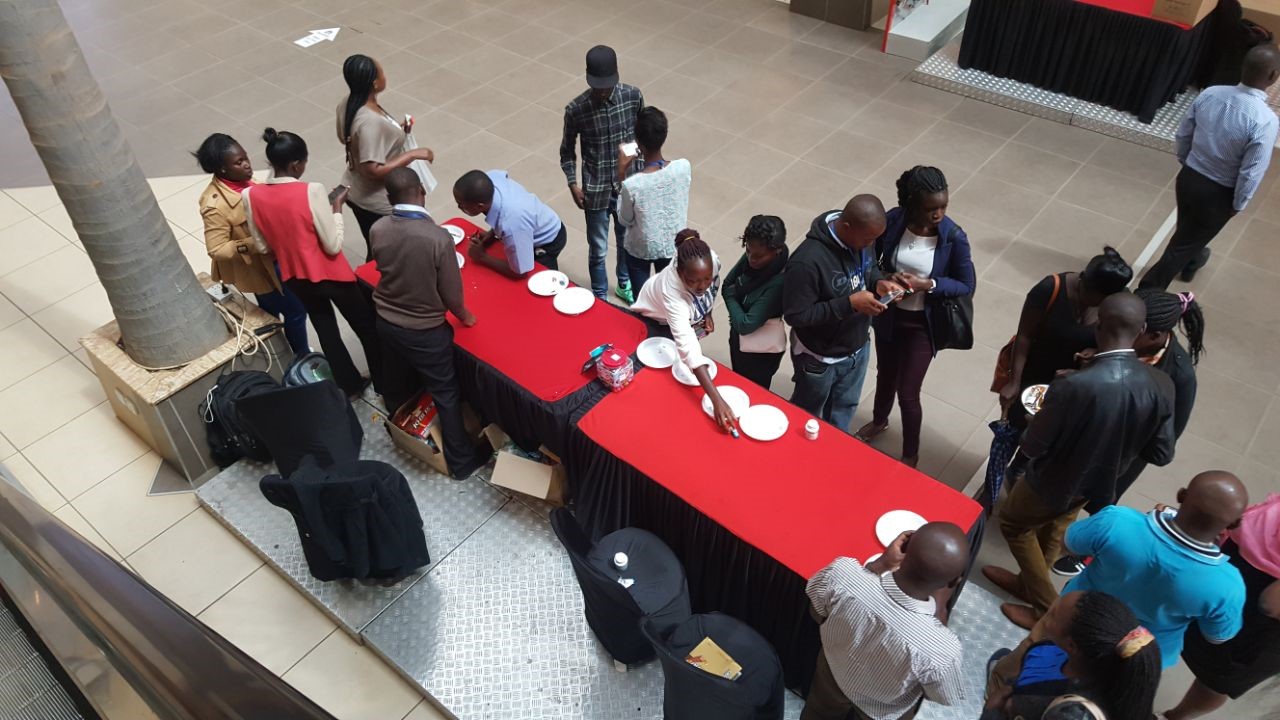
Mall Intercepts / Street Intercepts
Street intercept is a method of data collection in which interviewers in the streets stop or intercept a sample of those passing by to ask them if they would be willing to participate in a research study; those who agree are typically taken to an interviewing facility that has been set up in the the street where the interview is conducted
Mall-intercept is a survey whereby respondents are intercepted in shopping in malls. The process involves stopping the shoppers, screening them for appropriateness, and either administering the survey on the spot or inviting them to a research facility located in the mall to complete the interview. While not representative of the population in general, shopping mall customers do constitute a major share of the market for many products. We help you analyse the shoppers with simple yet dynamic questionnaires. Mall intercepts uses a convenience sampling methodology.
Panel Recruitment
At Charima Research Ltd (data collection experts & analytics hub), we believe that to collect and gather relevant, honest, insightful and thoughtful consumer opinion is the topmost priority in any panel recruitment. Therefore, we have a well-trained research team of field interviewers (recruiters), coordinators and supervisors who work under the supervision of field managers who are professional in this field of research.
Indeed, we fully understand that recruiting and maintaining panel members requires an honest commitment, reliability, and honest effort from both panel members and the recruiters, more so strict and proper planning in order to get the right panel members. Therefore, through our company in-built skills and knowledge over time, we ensure that we get effective and appropriate panel from the areas of specification.
When it comes to recruitment, we know that approach, good and clear communication skills are key when interacting with the respondents. It helps to get the right panel members who will provide true, honest, credible and thoughtful responses throughout the entire survey period. This is to ensure that our clients get effective and insightful data from all the panel members across the region of survey. We use all our recruitment and data collection quality measures available from us in conjunction with the client to ensure that we tap only the eligible panel members, as per the client brief and to the exact specs.
After recruitment, we respond to panel members’ queries just in case they may contact us for clarifications with regard to the survey and continuity, and reward them after successful completion of a survey, so we always advise our client’s to also consider rewards for this kind of survey (Panel recruitment). We inform the panel members earnestly and in advance during the recruitment time that high quality responses matter to us a lot as well as their very true opinion about each and every questions in the survey. We also let them know that they will be rewarded for responding and maintaining honesty, reliable and high quality data responses for the research survey.
In addition, let our respondents know we treat the data with confidentiality, and only used for the purpose of analysis. We ensure panel members get proper responses from our field management team. We also ensure that they earn appropriate rewards for their valuable time in responding to the survey questions. We know that rewards keep respondents motivated, interested and responsive towards the survey participation, because often panel takes long before conclusion.
As much as we ensure that we get the right target respondents in terms of project target specifications, we also consider things like the behaviour and psychology of the panel members. Although sometimes maybe hard to determine ones behaviours at ago, but we always try to see that we get responsive and responsible panel members.

Retail Census (RC)
Retail census (RC) is conducted to measure the size and characteristics of the universe. These estimates, which are updated on a regular basis, are used to:
- Identify different outlet types and quantify number of outlets in a universe by type.
- Provide key statistics for setting up a representative retail panel.
Details collected in a retail census typically include: outlet name, outlet physical address, outlet telephone number, outlet type e.g. supermarket, duka, hypermarket, convenience store, etc, use of scanning equipment, presence of air-conditioning, refrigeration facilities, number of hours open per day, monthly turnover, floor space, presence of major product categories, products types available, product sizes available, Outlets GPS coordinates, outlet images/photos, etc.
Retail census (RC) is conducted to measure the size and characteristics of the universe. These estimates, which are updated on a regular basis, are used to:
- Identify different outlet types and quantify number of outlets in a universe by type.
- Provide key statistics for setting up a representative retail panel.
Details collected in a retail census typically include: outlet name, outlet physical address, outlet telephone number, outlet type e.g. supermarket, duka, hypermarket, convenience store, etc, use of scanning equipment, presence of air-conditioning, refrigeration facilities, number of hours open per day, monthly turnover, floor space, presence of major product categories, products types available, product sizes available, Outlets GPS coordinates, outlet images/photos, etc.
Our field personnel armed with area maps and questionnaires, go street by street collecting the relevant information. Most of the information is gathered by observation, and the remainder may be obtained from store owners/employees. Using the right data collection methodology like left/right hand rule methodology or any other is key to ensure total and thorough mop up of the outlets in the all the streets without skipping any outlet or street. For thorough mop up purposes, the defined universe is split into a number of mapped areas called primary sampling units (PSU). The PSUs are categorized by some measure of size usually provided by government, e.g. cities, towns, villages or polling districts. Every outlet is surveyed within the sample of which it can either be a country, or a certain region.
Retail census categories and industries that we cover

Charima Retail Census:
For your retail census (RC), reach out to us at Charima Research for further engagement and execution of your retail census projects in Africa.
Retail Audit (RA)
Retail Audit (RA) is a wellness check for your brand in the marketplace. Essentially, a retail audit rather a store audit assesses the health of your retail location using hard data. Retailers or staff combs through your store or pop-up shop to collect information on what’s working and what’s selling and or what is not.
Store Audit mainly takes record of the following items;
The three common types of audits include the following;
- Health and Safety Audits.
- Loss Prevention Audits.
- Merchandising Audits.
The other three main types of audits: i.e. external audits, internal audits, and Internal Revenue Service (IRS) audits. External audits are commonly performed by Certified Public Accounting (CPA) firms and result in an auditor’s opinion which is included in the audit report.
The retail audit is an essential way brands and retailers optimize performance across their businesses. The retail audit captures critical data regarding products, sales, merchandising, compliance, pricing, store conditions, competitive intelligence and many other factors that contribute to retail sales.
Track and measure in-store execution in real time. Complete oversight and collaborative workflow involving the regional manager and the franchisee. This reduces communication overheads and costly back-and-forth.
The following are the qualities of a good auditor that we engage in our retail audits. i.e. they show high integrity, they are effective communicators, they are good with technology, good at building collaborative relationships, always learning, they are analytical, creative, innovative, and team orientated.
The following are the steps taken in the Retail Audit process;
- Determine the main objectives of your retail audit. Articulate your goals.
- Design audit criteria. Select the exact questions you will be asking in the audit and the acceptable answer types.
- Schedule appointments.
- Gather data, photos, and geolocation coordinates.
- Evaluate results.
- Implement changes.
- Repeat the process.
The following are the steps taken in the Retail Audit process;
- Beverage / Drink products
- Food products and Confectionary products
- Household products
- Dairies
- Personal care products
- Skin care products
- Telecommunications
- Media
- Financial services
- Beverage / Drink products
- Food products and Confectionary products
- Household products
- Dairies
- Personal care products
- Skin care products
- Telecommunications
- Media
- Financial services
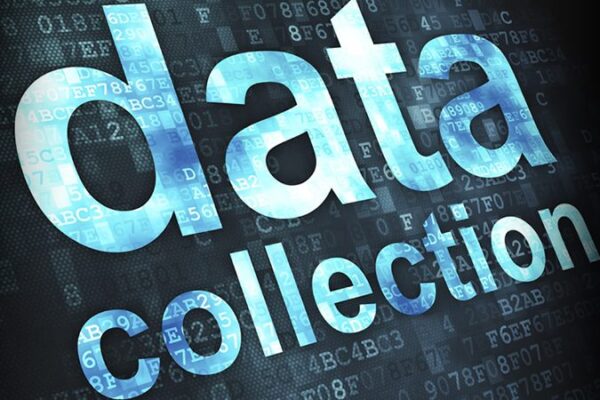
Charima Retail Audit:
For your retail audits rather store audits, reach out to us at Charima Research for further engagement and execution of your retail audit projects in Africa.
CATI – Computer Aided Telephone Interviews
CATI – computer aided telephone interview is one of the methodologies used to collect data for the market and social research. CATI are done from the call centers with interviewers using computers with scripted questionnaires, phoning the respondents to give answers while filling the answers for the respondents into the scripts.
At Charima Research, we have the resources to meet your needs for big and small assignments through CATI methodology. Our CATI team is a highly knowledgeable, experienced and eloquent team of CATI interviewers. When executing our CATI projects, we make some things standard, like using native language speakers for any specific community or country and normal working time zones for various different regions.
Our CATI system has a wide team of interviewers that are well versed with different community languages and culture that is needed to integrate well with the respondents during the interviews. We cut across the markets and industries, whether it is business to consumers B2C or business to business B2B CATI projects we deliver them on the top notch. Our know-how and skills, enables us to execute quick-turnaround assignments and also long-term assignments as well as more engaging international projects. We, at Charima Research reaches out to the highly targeted whether large or small sample sizes including tracker surveys.
In many times, online surveys are very cost effective followed by CATI. For us we care more about providing the best quality outputs in the most economical way. That is why online and CATI methodologies are part our forte amongst other methods of the data collection methods that we use.
Our interviewers are well experienced, knowledgeable and trained to handle different projects and diverse categories of the respondents. Therefore, through our CATI teams, we are able to get factual feedback from the respondents including from the hard ones to talk to.
For all of our telephone in-depth interviews, TDIs, our calls are recorded with clarity and entirety to ensure no information gets lost during the interview. We request for the respondents’ permission to share of their feedback recordings with our clients. The recordings are usually kept safely and with lots of confidentiality.
We use extensive respondent database for various countries. This database we use whenever we are carrying out CATI surveys. Our CATI production process functions in the following manner:
- A computerized questionnaire is administered to respondents over the telephone.
- The interviewer sits in front of a computer screen.
- Upon command, the computer dials the telephone number to be called.
- When contact is made, the interviewer reads the questions posed on the computer screen and records the respondent’s answers directly into the computer.
- Interim and update reports can be compiled instantaneously, as the data are being collected.
- CATI software has in-built logics, which enhance data accuracy, completeness, validity and consistency of the data.
Often, CATI surveys are less costly compared to the traditional methods of data collections. CATI survey processes are faster in the data collection and within the shortest time we provide the required data or report to the client. Our databases have several parameters that assist us achieve different sample targets that our client may need.
For our CATI services, we cover many of the countries in Africa, Asia and beyond.

Online Surveys (CAWI – Computer Aided Website Interviews)
CAWI – computer aided website interview is one of the methodologies used to collect data for the market and social research. CAWI are done using links that have scripted questionnaires, those links then are shared with the respondents using their emails, WhatsApp, or even social media platforms, for the respondents to access the links open and self-fill the questionnaire using their smart-phones or computers.
Charima Research CAWI division has a very good knowledge and experience when it comes to the online surveys (CAWI). We are proficient in executing online data collection surveys as well as designing, programming and hosting online surveys.
In the markets whereby everybody is busy, the respondents are as well busy and are also being engaged by others. Therefore, we make our online studies as engaging and lively as possible to attract more to give realistic feedback to the studies that we carry out. This is in order to maximize the response rates, while maintaining high standards of data quality all the time.
In today’s world, computer devices i.e. smart phones and laptops are the most used devices for the respondents to tackle and complete online surveys. Charima Research ensures that online surveys that we get engaged on are well-suited with portable devices such as smartphones, tablets and laptops.
At Charima Research, as an added advantage, we have the ability to conduct both CATI and online in one survey, in order to speed up the process and also to meet difficult quotas by applying both methods, whilst it could be difficult to achieve them with just one method.
Our online survey services include but not limited to execution of the data collection by sending links through emails, WhatsApp, sending alerts for reminders, questionnaire scripting, sample sourcing, translation, programming, hosting, data capture, and survey management. Again for our online and CATI surveys, we advise and prefer questionnaires that are not too long in order to minimize respondent’s boredom and refusals.
For our online surveys, we cover most of the countries in Africa, Asia and beyond.
Data Processing
Our data department (Charima data analytics hub) processes raw data i.e. the immediate raw data that comes from field once data collection is complete. This is for the purpose of tabulations, analysis, data cleaning, data processing, coding, data mapping etc. Our data analysis hub works with analysis plan (AP), data processing plan (DPP), tables plan (TP) and the data maps. These are the data instructions that allow our data experts tabulate or format the data sets in a manner that is required by the clients.
We provide data processing services for all kinds, either data collected through mobile phones, fielded questionnaires (in-person), web(online), SMS, or we can simply receive data collected by a third party and we process. We also perform ‘dual data processing’ as a double check on any of your data that was entered elsewhere.

Data processing and Analysis Soft wares that we use are:
- SPSS (PASW Statistics (SPSS)),
- Dimensions (IBMS SPSS data collection (Base professional)),
- Quantum,
- STATA
Standard data formats that we support and are often asked for include:
- SPSS (.SAV)
- Excel
- ASCII
- DDF (SPSS Dimensions Data File)
- CSV
Data processing encompasses several data processes i.e.
- Coding of verbatim
- Data entry
- Data cleaning / editing
- Statistical analysis
- Tabulation
Statistical Data Analysis
We offer data analytics services that are of high quality, showing lots experience and high analytical skills. At Charima Research, we are the best data analytics hub in addition to being the best Sub-Saharan data collection experts. Therefore, don’t look elsewhere or hustle any more for these services, come for the best at Charima Research. We carry out our analysis using well thought out data processing and analysis plans that will give you sound insights out of every bit of the responses. Our high data mining capabilities enables us to discover any hidden patterns and relationships in the data to help our clients relate well with insights and increase their use of information to improve their competitive position and profitability.

We carry out different statistical data analysis for various data requirements in our data analytics hub. They include the following but not limited to;
- Data analytics and programming using SPSS, Dimensions (IBMS SPSS data collection Base professional), STATA, Quantum and Excel – ensuring that we follow and answer the analysis plan (AP)/ data processing plan (DPP)
- Data cleaning / editing to ensure logic routine checks from the questionnaire
- Data tabulation i.e. down-breaks by cross-breaks and delivering the tables in the format requested like excel
- Further statistical analysis like Significance testing, Normalization scores, PSM (price sensitivity measure), Customer Satisfaction Index (CSI), Brand Gain Loss Matrix, Brand Conversion Map, Brand Strength/Equity,
- Data extrapolation / data weighting to the given parameters
- Checking data consistency, accuracy, completeness and validity (logic)
- Data restructuring and realignment
- Data dichotomization
- We also advise our clients from the analysis perspective, in order to ensure that scripts/questionnaires capture usable and analyzable data ensuring high quality outputs and impressive data outputs,
- Database design / structure design
- Sampling – sample design – scientific sampling for accurate data
- Delivering data in the formats required e.g. SPSS, Ascii, Excel, ddf,csv etc.
Often we deliver tabulations in Excel with the requested banners or even with statistical tests

Coding
We convert the verbatim or open-end responses categorizing them into groups in the process of making verbatim analyzable. Our coding teams remain objective maintaining high consistency and interpreting the verbatim responses within the subject of the context throughout the process.
The process of coding verbatim responses requires an understanding of the survey, understanding of the topic and mastery of language used. Understanding the selection of words conveyed and the construction of sentences offered requires by-hand reading. Our experienced coders are all college level researchers who read through the entire survey instruments / questionnaires and project materials to understand. Before the coding process our managers briefs them about the project objectives at hand.
All coding is reviewed by our Quality Control Personnel/ Data manager and passed for completeness and accuracy. Finally, after coding process, our data experts incorporate these responses back into the main data providing complete tabulations in the final data tabulation after analysis.
Questionnaire Scripting
Our scripters are experts in scripting using survey to go, the modern technology software used for data collection. We script all sorts of questionnaires, ranging from complex to simple questionnaires.
We have scripting experiences that helps us deliver scripts with minimal or none back and forth. Below are some of the scripting processes that we follow when scripting;
- Questionnaire scripting using (Survey ToGo software – STG) Dooblo and Dimensions (IBMS SPSS data collection Base professional)
- Ensuring script exact conformity to the questionnaire inclusive of the routings and instructions etc.
- Script testing before field work begins to ensure smooth logical flow, instructions in place, numberings, headings and sub headings, well coded for predetermined answers and open end questions, capture objectives, any missing information etc.
- Updates and readjust the script after the piloting
- Gives access rights to the surveyors and any other person
- Script management while in draft mode, test mode and production mode
- Data downloads data whether for interims or final after data collection is complete
Scripting Softwares:
- SurveyToGo software (STG)- Dooblo,
- Dimensions – IBMS SPSS data collection Base professional
Data Entry
We are also specialist when it comes to data entry service. We do data entry with various soft wares listed below in the data entry software’s.
We ensure our data base structures are clear well labeled with all skips required. The speed and quality that we employ here is classic, one that is unmatched. We handle huge and small projects that come our way.
Data Entry Software that we use:
- Epidata
- SPSS
- Excel
- Dimensions (IBMS SPSS data collection Base professional)
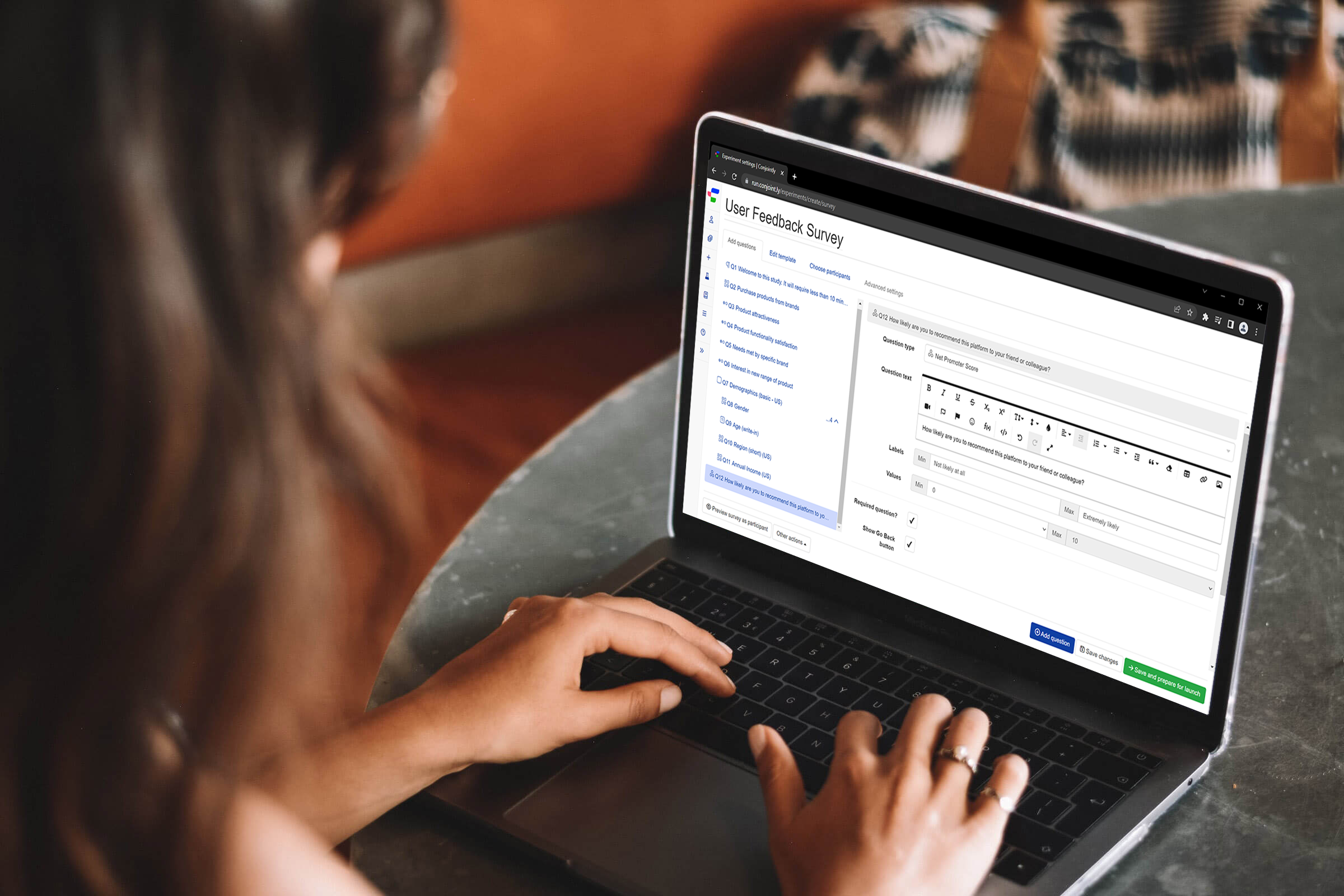
Our Expertise
We have strong research and data background; therefore we understand data science in marketing and social research well because of our vast wealth of knowledge and experience that benefits all our clients’ organizations.
We do data mining to discover hidden patterns and relationships in order to increase client’s ability to use the information, improve their competitive position and profitability
We have experience, knowledge and expertise of executing data processing and data collection in different market research aspects like;
- Brand health studies (BHT)
- Market feasibility study
- Customer satisfaction survey (CSS)
- Baseline and end-line surveys
- Knowledge and practice surveys
- Usage and attitudes study (U&A)
- Price research study
- Retail audit study
- Brand positioning study
- Corporate image/brand perception study
- Concept tests or product tests e.g. advertising pre /post-tests
- Market segmentation survey
- Consumer profiling survey
- Tracking studies
- Business to business surveys
- Mystery shopping
- Media consumption
